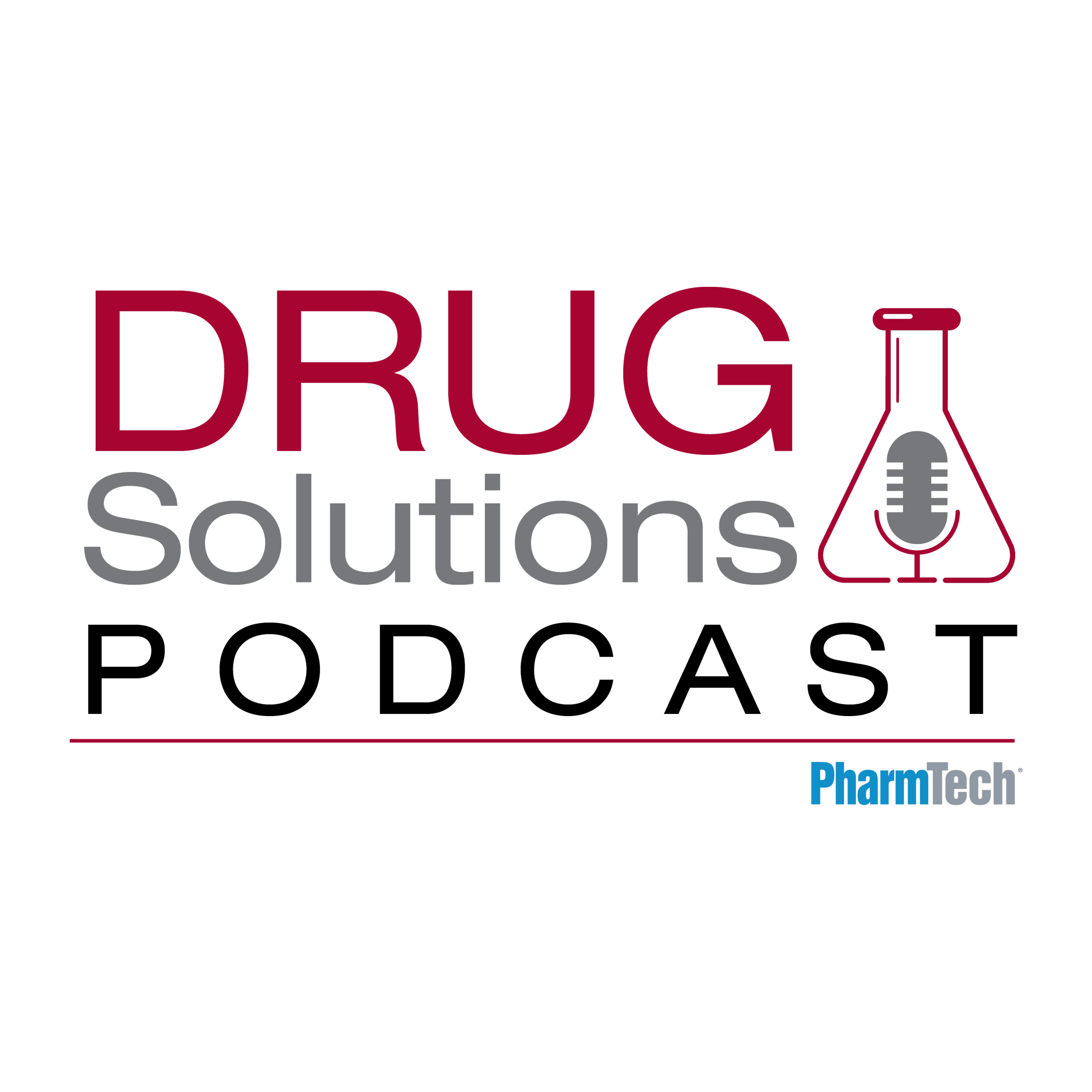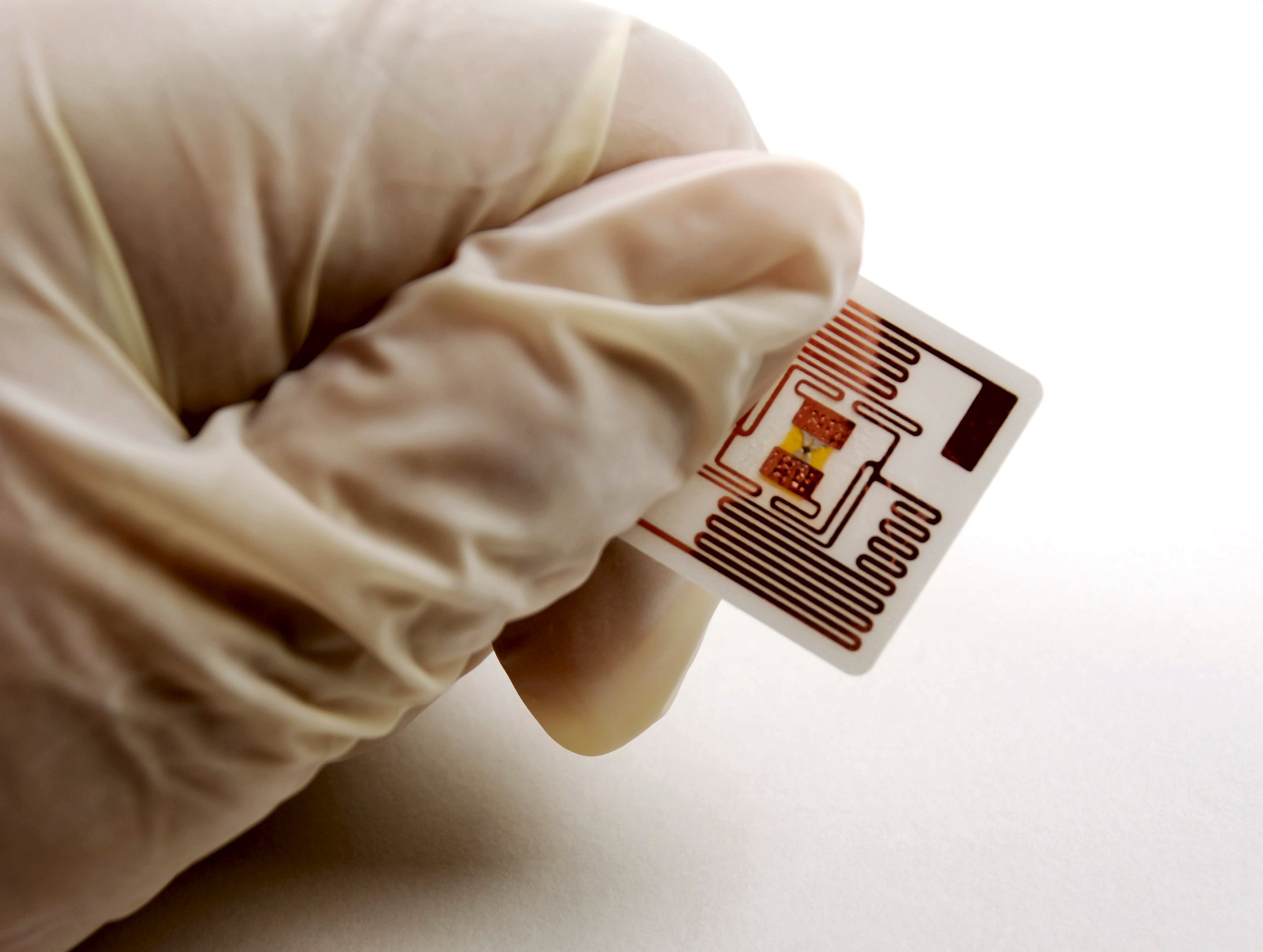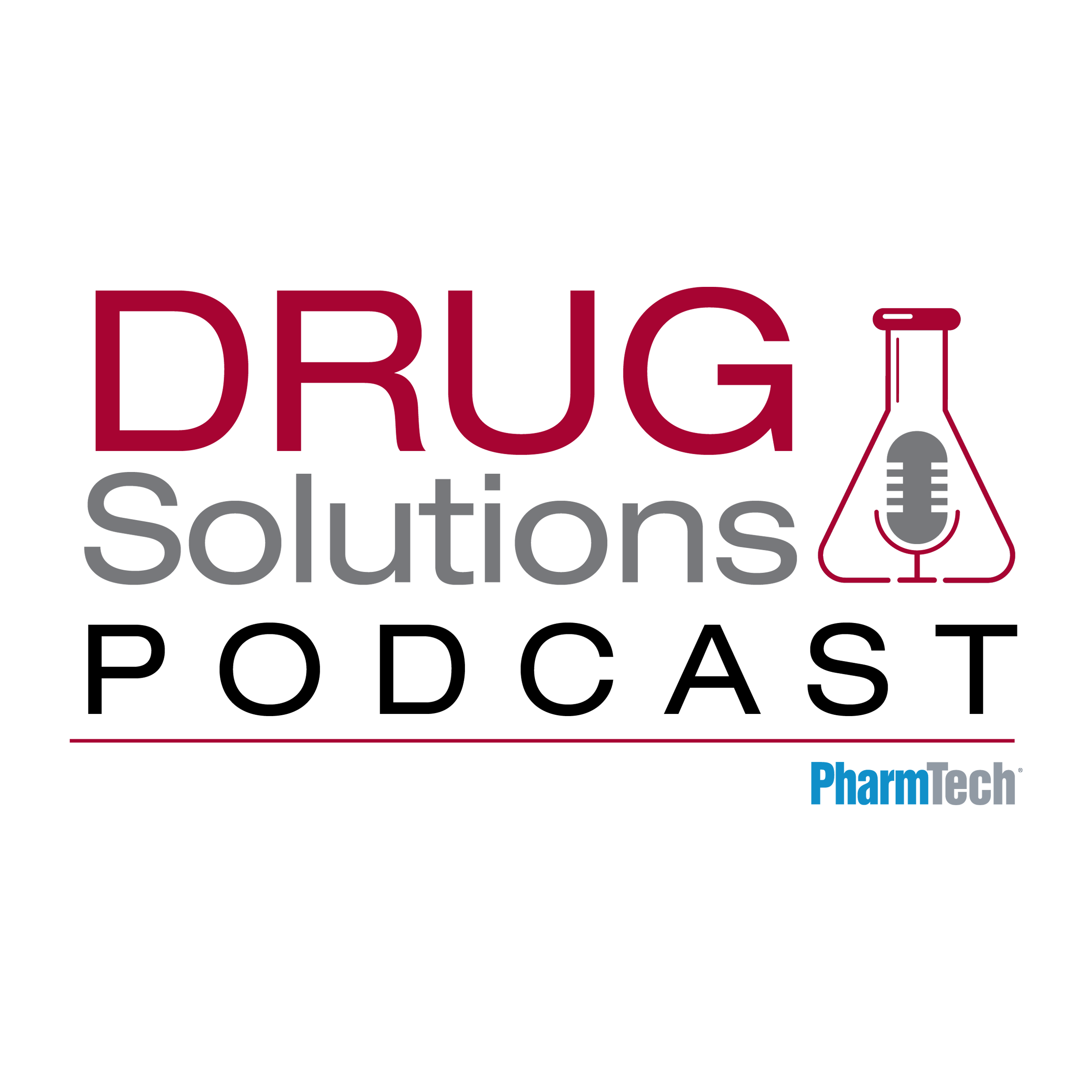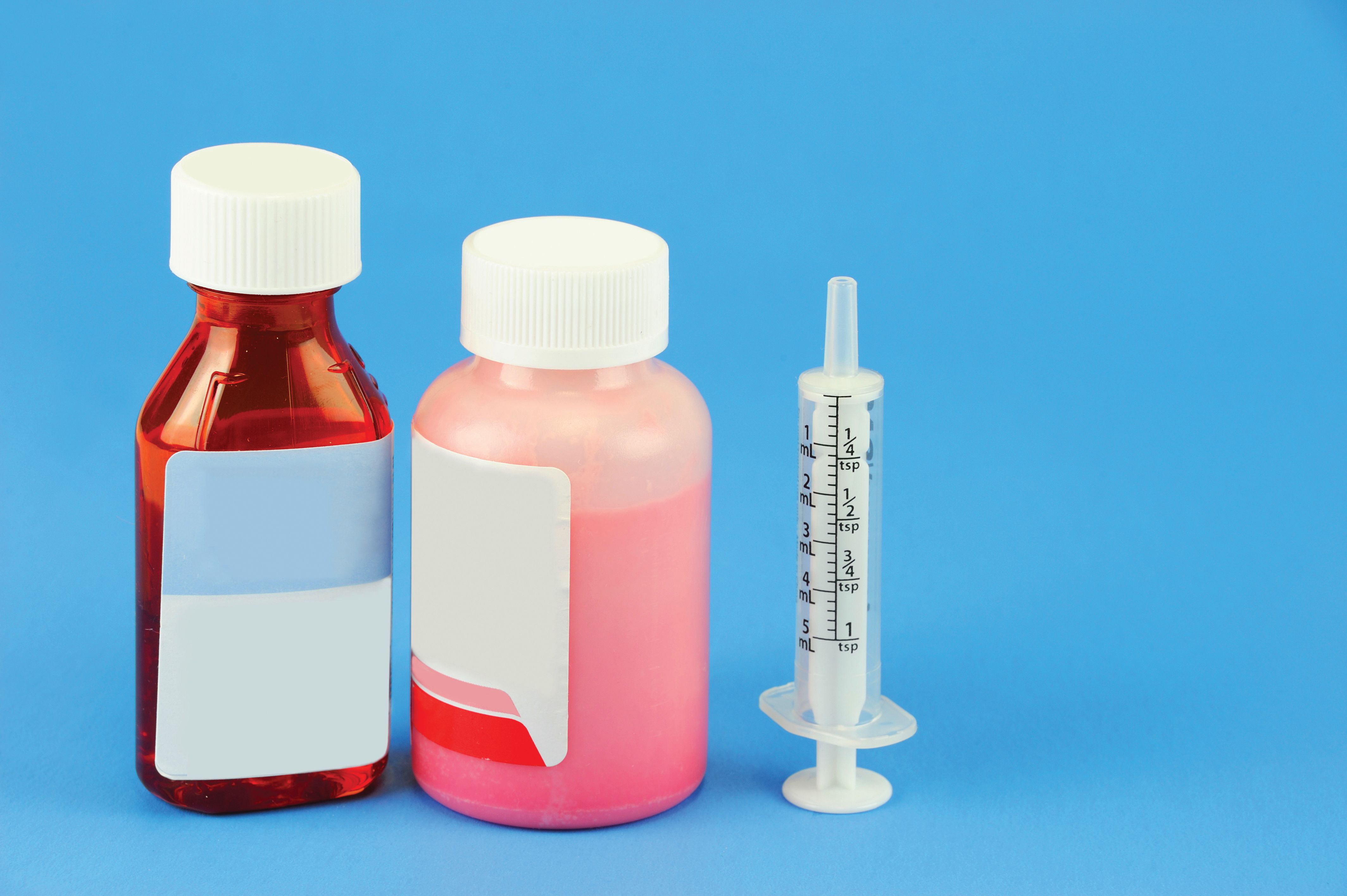News
Article
Pharmaceutical Technology
Market Strengths and Weaknesses in Biosimilars
Author(s):
An examination of the current and projected market for biosimilars, development costs for biosimilars compared with small-molecule generic drug, and partnerships in biosimilars.
Biosimilars represent a niche segment in the global biopharmaceutical market, but their potential is engendering interest from a mix of traditional generic-drug companies, innovator biopharmaceutical companies, new players to the market, and contract service providers. As a second-generation wave of biosimilars, inclusive of monoclonal antibodies, is scheduled to come off patent during the next several years, opportunities exist, but it is unclear as to what the true potential of the biosimilars market will be given differing regulatory issues, technical requirements, and developmental costs compared with traditional small-molecule generic drugs.
Assessing the opportunity
Although the market for biosimilars is growing at a rate higher than the global prescription-drug market, it is still a relatively small market. The global market for prescription drugs is expected to reach $1.2 trillion by 2016, increasing at a compound average growth rate (CAGR) of 3% to 6%, according to 2012 estimates by the IMS Institute for Healthcare Informatics. Global sales of biosimilars, estimated at $693 million in 2011, are expected to reach $4 billion to $6 billion by 2016, representing 2% of biologic-based drug spending.
BCC Research projects a slightly stronger market. It estimates that the global demand for biosimilars (inclusive of low-molecular weight heparin) totaled nearly $2.5 billion in 2011 and should reach $3.6 billion in 2016, a CAGR of 7.7% over the five-year period. BCC breaks the biosimilars market into four regions: APAC (Asia Pacific), the United States, Europe, and the rest of the world. The APAC region accounted for $683 million in 2011 and should reach $1.1 billion in 2016, a CAGR of 10.3%, according to BCC. The US accounted for nearly $1.1 billion of the biosimilars market in 2011 and should increase at a CAGR of 4.1% to reach $1.3 billion in 2016. Europe, worth $377 million in 2011, should reach $625 million in 2016, increasing at a CAGR of 10.6%. The rest of the world accounted for $335 million in 2011 and in 2016 should total $522 million, a CAGR of 9.3%.
Looking at global biosimilar demand by value and product type in 2011, low-molecular weight heparin accounted for 44% of the market, according to BCC. Epoetins held the next highest share at 19%, followed by recombinant human growth hormone (11%), granulocyte colony-stimulating factors (7%), interferons (6%), insulins (5%), and other products (8%).
Interest in the biosimilars market is spurred by a number of top-selling biologics slated to come off patent during the next five years, including Herceptin (trastuzumab), Enbrel (etanercept), Humalog (insulin lispro recombinant), MabThera/Rituxan (rituximab), Remicade (infliximab), and Aranesp (darbepoetin alfa) (1). Unlike manufacturers of small-molecule generic drugs, however, manufacturers of biosimilars face a different path based on developmental costs, regulatory issues, and technical requirements to bring a biosimilar to market as well as greater uncertainty as to payer, physician, and patient acceptance of a biosimilar product (1).
The establishment of a regulatory pathway for biosimilars through the passage of the Patient Protection and Affordable Care Act in 2010 and the recent upholding by the Supreme Court of that law as well as recently issued FDA draft guidance on biosimilar development is moving the establishment of a regulatory pathway for biosimilars in the United States (1–4). The recently enacted Biosimilar User Fee Act on July 9, 2012, established a new user-fee program for biosimilars to support the review of marketing applications for biosimilar biological products, further enabling US regulatory implementation of a biosimilars pathway.
Although the US is considered a potentially strong market for biosimilars, the true test for biosimilars to date has been in the European Union, which represents the most advanced market for biosimilars, accounting for 80% of global spending (1). Despite an established regulatory pathway, only a few manufacturers have launched biosimilars in the EU, which include Sandoz (the generic-drug business of Novartis), Stada, Hospira, Medice and Ratiopharma (part of Teva Pharmaceutical) (1). According to a recent IMS analysis, biosimilar market penetration varies by EU country. Germany and France account for half of the biosimilars market by value with a respective 34% and 17% share (1). On a product basis, granulocyte colony-stimulating factors have generally achieved the highest penetration by value (25%) and human growth hormone the lowest (4%)in the EU (1). In its analysis, IMS points out that the first generation of biosimilars has been met with limited uptake compared to small-molecule generic drugs mainly due to the limited price reductions of biosimilars. Average list (ex-manufacturer) price cuts in the EU of 30% are considerably less than those for traditional generic drugs, which are 70–80% (1).
A recent study by the IGES Institute, based in Berlin, and commissioned by Sandoz, projects that by 2020, eight EU countries could save a cumulative total of between EUR 11.8 billion ($14.5 billion) and EUR 33.4 billion ($41.0 billion) through the use of biosimilar medicines (5). The study calculated the amount of expected savings from introducing biosimilars to eight EU countries: Germany, France, the UK, Italy, Spain, Sweden, Poland, and Romania. The IGES study was limited to three classes of biologics: erythropoetin alfa and granulocyte colony-stimulating factors, for which biosimilars already exist, as well as monoclonal antibodies, considered an emerging opportunity with several drugs coming off patent. The study team at IGES developed different scenarios based on possible developments of market share, pricing, and the time period for market entry of biosimilars after patent expiration. A typical biosimilar takes seven to eight years to develop, at a cost of between $100 million and $250 million, which includes additional clinical trials (5) (see sidebar, "The Costs and Opportunities in Biosimilars").

The costs and opportunities in biosimilars
According to the IMS analysis, the immediate opportunity for biosimilars will be in emerging markets although longer term, the US is positioned to be the leading market. It estimates that the US biosimilars market could reach between $11 billion and $25 billion in 2020, respectively representing a 4% and 10% share of the total biologics market subject to certain market, technical, and regulatory conditions (1). Part of this growth will also be tied to more complex biologics, such as monoclonal antibodies, assuming their position in the market.
Strategic partnerships in biosimilars
The biosimilars market has engendered several strategic partnerships among innovator biopharmaceutical companies, traditional generic-drug companies, new players to the biopharmaceutical market, and contract service providers (see Table I). For example, in February 2012, Biogen Idec and Samsung launched a joint venture, Samsung Bioepis to develop, manufacture, and market biosimilars following their December 2011 announcement to form such a partnership. Under the agreement, Samsung is contributing $255 million of the $300 million for an 85% stake, and Biogen Idec is contributing $45 million for a 15% stake in the joint venture. The joint venture, which will be based in Korea, will contract with Biogen Idec and Samsung Biologics for technical development and manufacturing services. Samsung Biologics is a Samsung business formed in April 2011 to specialize in biopharmaceutical manufacturing. The joint venture will not pursue biosimilars of Biogen Idec's proprietary products.

Table I: Select partnerships in biosimilars among contract service providers, generic-drug companies, and innovator-drug companies.
In February 2011, Samsung Electronics entered into a strategic partnership with the CRO Quintiles as part of Samsung's entry into the biopharmaceuticals market. The companies formed a new joint-venture company to provide biopharmaceutical contract manufacturing services in South Korea, with Samsung owning 90% and Quintiles 10%. At the time of the announcement in February, Samsung said it plans to commercialize biosimilars by 2016 and to expand into innovative biologics in the future. The joint-venture company plans to construct a biopharmaceutical manufacturing plant in South Korea with the goal of beginning full-scale operations in April 2013.
Fujfilm began building its biosimilars business in 2011. In November 2011, it agreed to form a 50–50 joint venture for biosimilars with the biopharmaceutical company Kyowa Hakko Kiron. The joint venture was launched in late March 2012, with an initial focus on a biosimilar version of adalimumab. In April 2011, Fujifilm completed its acquisition of the former Merck Biomanufacturing Network, which provides contract biologics manufacturing. The acquisition included facilities in Research Triangle Park, North Carolina, and Billingham, United Kingdom. Merck & Co. had acquired the Billingham facilities through its 2009 acquisition of the contract manufacturer Avecia and the Research Triangle Park facilities as part of its acquisition of Schering-Plough in 2009. Diosynth was the former contract manufacturing activities of Organon, the pharmaceutical business of the Dutch chemical company Akzo Nobel. Schering-Plough acquired Organon in 2007, and Merck & Co. acquired Schering-Plough in 2009. Merck combined the UK and US contract biologic activities into the Merck Biomanufacturing Network, which was acquired by Fujifilm in 2011, and later named Fujifilm Diosynth Biotechnologies. Also in 2011, Fujifilm formed a partnership with Mutsubishi for contract biologics manufacturing under which Mitsubishi took a 20% equity interest in FujiFilm Diosynth Biotechnologies.
Amgen and Watson Pharmaceuticals formed a collaboration in December 2011 to develop and commercialize, on a worldwide basis, several oncology antibody biosimilars. Under the agreement, Amgen will assume primary responsibility for developing, manufacturing, and initially commercializing the oncology antibody products. Watson will contribute up to $400 million in codevelopment costs over the course of development, including the provision of development support, and will share product-development risks. In addition, Watson will contribute its expertise in the commercialization and marketing of products in specialty and generic-drug markets. The collaboration products are expected to be sold under a joint Amgen/Watson label. Watson will initially receive royalties and sales milestones from product revenues. The collaboration will not pursue biosimilars of Amgen's proprietary products.
Baxter and Momenta Pharmaceuticals formed a collaboration in December 2011 to develop and commercialize biosimilars. Baxter will provide its clinical-development and biologic manufacturing expertise while Momenta will provide its expertise in high-resolution analytics, characterization, and product and process development.
In 2011, Merck & Co. partnered with the CRO Parexel by which Parexel will provide strategic access to global clinical development services for designated biosimilar candidates to Merck BioVentures, Merck & Co.'s biosimilars division. Under the agreement, Parexel will provide Merck BioVentures with strategic access to a broad range of regulatory strategy and clinical development planning capabilities for the development of certain broad classes of biosimilars across various therapeutic areas, including exclusivity for certain candidates. The agreement also provides for the establishment of a dedicated Merck BioVentures unit within the Parexel organization. In another deal, in June 2011, Merck & Co. partnered with the Korean chemical company, Hanwha Chemical, to develop and commercialize HD203, a biosimilar candidate of Enbrel (etanercept). Under the agreement, Merck will conduct clinical development and be responsible for manufacturing. In addition, upon marketing approval, Merck will commercialize HD203 globally, except for in Korea and Turkey, where Hanwha retains marketing rights. In return, Hanwha received an upfront payment from Merck and will be eligible for additional payments associated with milestones for technology transfer and regulatory progress as well as tiered royalties on sales.
In June 2012, Merck Serono, a division of Merck KGaA, and India-based Dr. Reddy's Laboratories formed a partnership to codevelop a portfolio of biosimilar compounds in oncology, primarily focused on monoclonal antibodies. The partnership covers codevelopment, manufacturing, and commercialization of the compounds globally, with some specific country exceptions. Dr. Reddy's will lead early product development and complete Phase I development. Upon completion of Phase I, Merck Serono will take over manufacturing and will lead Phase III development. The agreement is based on full R&D cost sharing. Merck Serono will undertake commercialization globally, outside the United States and with the exception of select emerging markets, which will be co-exclusive or where Dr. Reddy's maintains exclusive rights. At the time of commercialization, Dr. Reddy's will receive royalty payments from Merck Serono. In the US, the parties will co-commercialize the products on a profit-sharing basis.
The Merck Serono and Dr. Reddy's partnership marks the first step by Merck Serono to enter the biosimilar space. Earlier this year, Merck Serono set up a dedicated biosimilars unit that will be based in the Canton of Vaud in Switzerland, where the main biologics manufacturing facilities of Merck Serono are located. Also, in September 2011, Boehringer Ingelheim announced plans to establish a new separate business for the development and commercialization of its own biosimilars.
A biosimilars parting of the ways
Not all biosimilar partnerships have succeeded. In March 2012, Pfizer and the Indian biotechnology company Biocon ended their alliance to commercialize Biocon's biosimilar versions of insulin and insulin analog products. The companies agreed that due to the individual priorities for their respective biosimilars businesses, it was in their best interest to move forward independently. Pfizer and Biocon had signed their biosimilar pact in October 2010 for the worldwide commercialization of Biocon's biosimilar versions of insulin and insulin analog products: recombinant human insulin, glargine, aspart, and lispro. Under the 2010 agreement, Pfizer had exclusive rights to commercialize these products globally, with certain exceptions, including co-exclusive rights for all of the products with Biocon in Germany, India, and Malaysia. Pfizer also had have co-exclusive rights with existing Biocon licensees with respect to some of the products, primarily in a number of developing markets. Under the 2010 agreement, Pfizer made upfront payments totaling $200 million, and Biocon was eligible to receive additional development and regulatory milestone payments of up to $150 million and to receive additional payments linked to Pfizer's sales of its four insulin biosimilar products across global markets.
References
1. IMS Health, Shaping the Biosimilars Opportunity: A Global Perspective on the Evolving Biosimilars Landscape (Jan. 2012).
2. FDA, Draft Guidance for Industry on Biosimilars: Q&As Regarding Implementation of the BPCI Act of 2009 (Rockville, MD, Feb. 2012).
3. FDA, Draft Guidance for Industry Scientific Considerations in Demonstrating Biosimilarity to a Reference Product (Rockville, MD, Feb. 2012).
4. FDA, Draft Guidance for Industry Quality Considerations in Demonstrating Biosimilarity to a Reference Protein Product (Rockville, MD, Feb. 2012).
5. R. Haustein et al., Saving Money in the European Healthcare Systems with Biosimilars IGES Institute (Berlin, Dec. 2011).

Newsletter
Get the essential updates shaping the future of pharma manufacturing and compliance—subscribe today to Pharmaceutical Technology and never miss a breakthrough.





